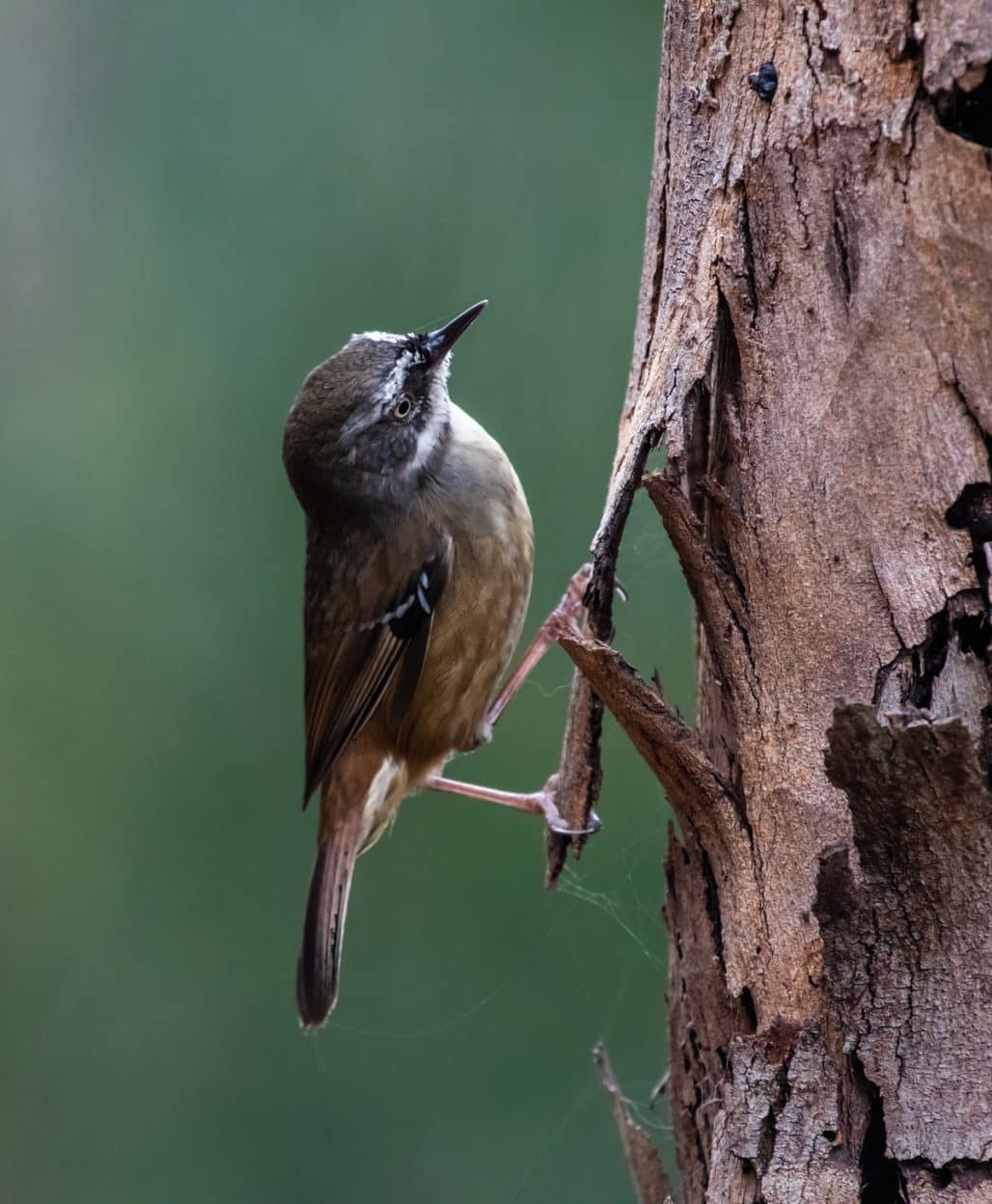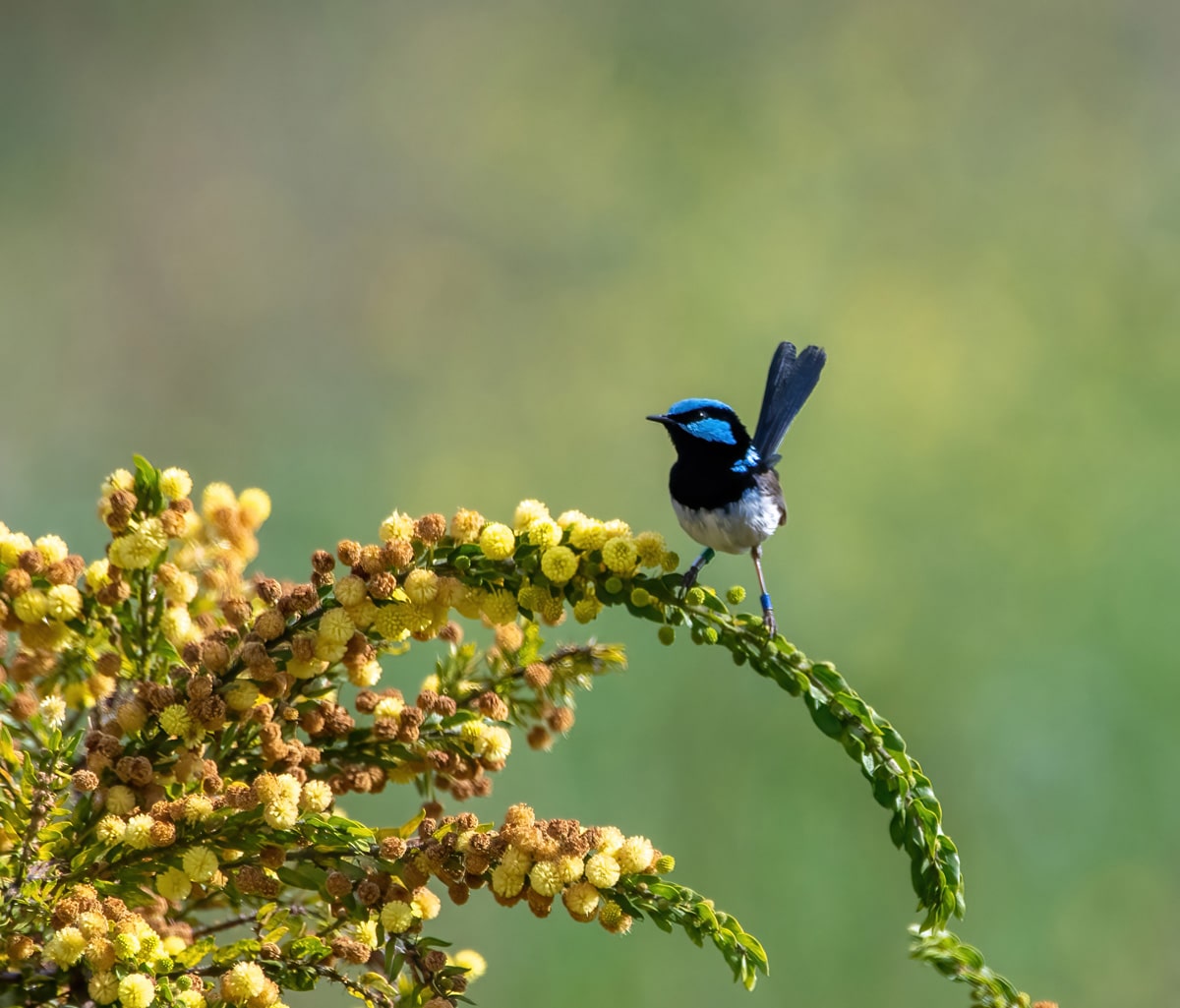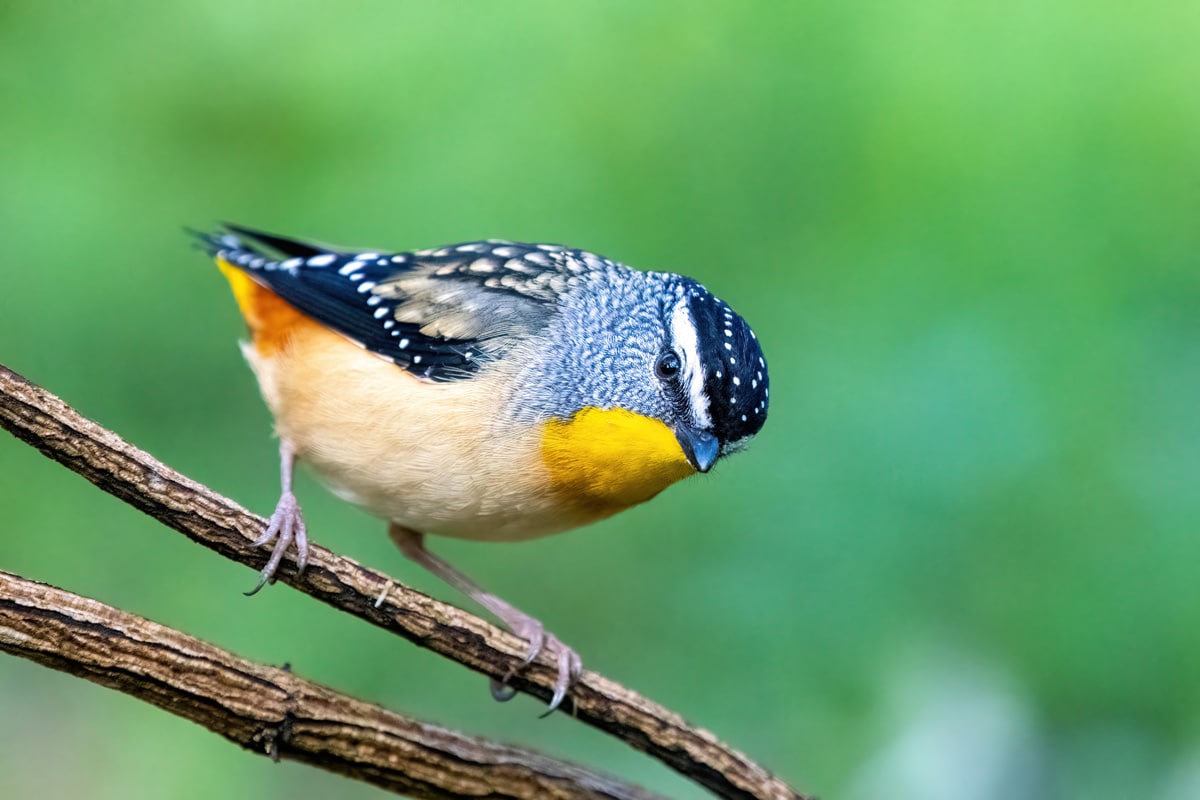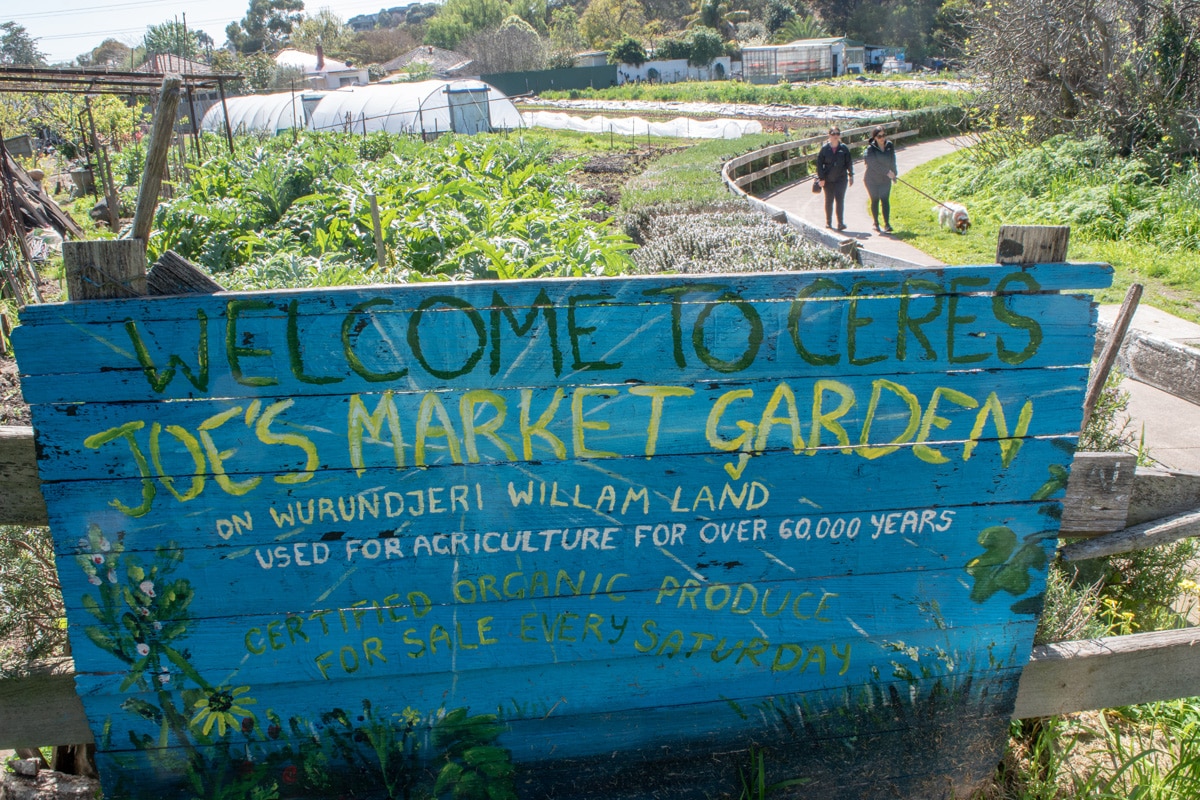Find hidden Melbourne gems and spy beautiful birdlife while celebrating the rehabilitation of one of Melbourne north’s loveliest waterways.
In pre-colonial times, the Wurundjeri-willam peoples met, camped and gathered food along the Merri Creek, a tributary of the Yarra River. Their lifestyle and relationship with the creek irrevocably changed as the city of Melbourne was established and expanded. It became a degraded and neglected drain. The millennia-old river red gums along its banks disappeared and the songs of birds were silenced.
But in recent times the Merri Creek has been given another chance and has been nurtured back to life by the community. The stream now winds its way through maturing indigenous trees and shrubs and is home to an increasing variety of native wildlife. Starting where the creek meets the Yarra, the walk will take you through a range of habitats. While you enjoy the birdlife that has returned to this green and vibrant corridor, you’ll be invited to re ect on this waterway’s long Indigenous history.


We begin in Abbotsford, where the Merri Creek joins the Yarra at Dights Falls. Traditionally, this was a significant meeting place for First Nations clans. Tall river red gums lean over the creek at this shady junction where chestnut teals and pacific black ducks lazily oat and forage in the shallows. Grebes, cormorants and darters dive for sh and yabbies while overhead the treetops are alive with the raucous sounds of noisy miners, lorikeets, wattlebirds and cockatoos.


Heading north along the trail, you will soon come to a bridge. Pause for a moment and take in the long, verdant views as you cross to the western bank. Listen for the sounds of pied currawongs and kookaburras in the tree canopy above the trail as you pass through Clifton Hill. In the thicker undergrowth, white-browed scrubwrens, brown thornbills, silvereyes and superb fairy wrens chatter away happily, sometimes moving in mixed-species ocks for better safety and foraging. Continue the walk towards Fitzroy North. Along this part of the trail there are some impressive historic bridges with brick arches. Smaller footbridges cross over sections where the shallow stream splashes and tumbles on basalt stones. Magpie-larks and willie wagtails build nests on trees by the water, using mud to build their sturdy constructions. When you arrive at Rushall Station, the trail diverts away from the creek for a short distance, and then continues under St Georges Road on the western side of the creek.


In the Brunswick East section of the trail, you have the option of crossing a footbridge over to Phillips Reserve where tawny frogmouths have been known to build their fragile nests. The beautiful and dainty spotted pardalotes, which can be heard chiming in the eucalypts, also build nests in burrows along the creek bank. Cross back over the creek at Arthurton Road and join the trail again. If you want to stop for refreshments, a visit to the CERES Community Environment Park is highly recommended.

Through wattles and grevilleas, the lovely track on the eastern bank is often alive with honeyeaters chasing each other and darting in and out of the flowering shrubs and trees.

It is worth crossing the creek again once you reach Normanby Avenue. As you keep heading north, you will find a hidden treasure: the Strettle Wetland Reserve. This permanently- lled oasis is fenced o from dogs to protect the delicate environment, but there are two gates to allow human entry. Australasian grebes can nearly always be seen floating and diving in the calm waters. If you listen carefully, grey currawongs can be heard, their clinking sound quite unique and different to their pied cousins.

Cross back over the creek at the Harding Street bridge and back at CERES you will see Joe’s, one of the last surviving market gardens in Melbourne. This is great place to finish the walk and recharge with a coffee or a meal. The organic farm is also open every morning to sell its produce and on Saturdays you can be entertained by live music in the gardens.


